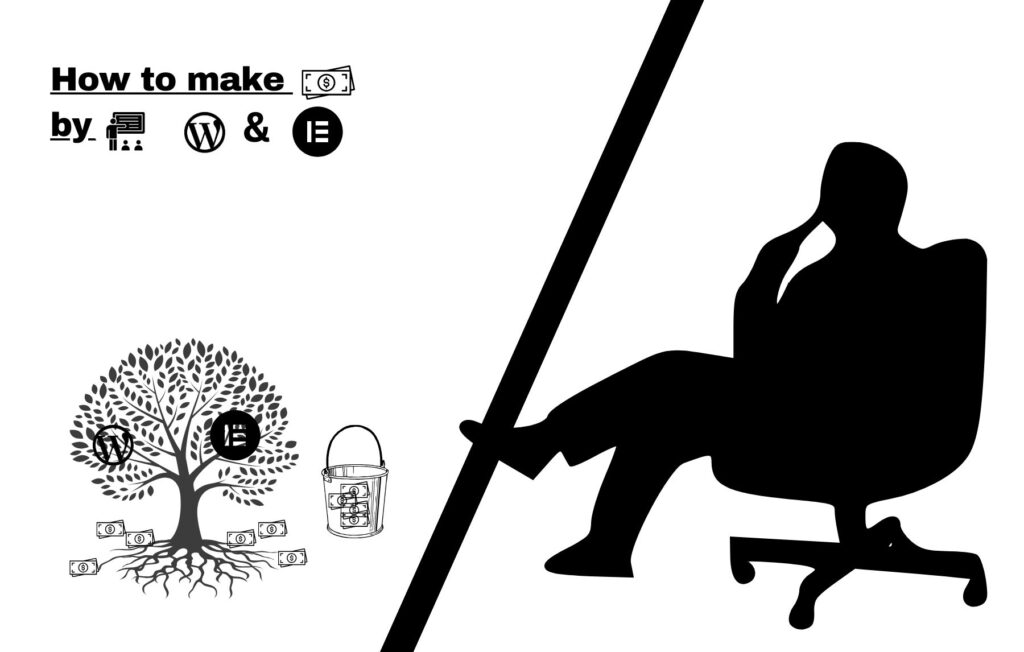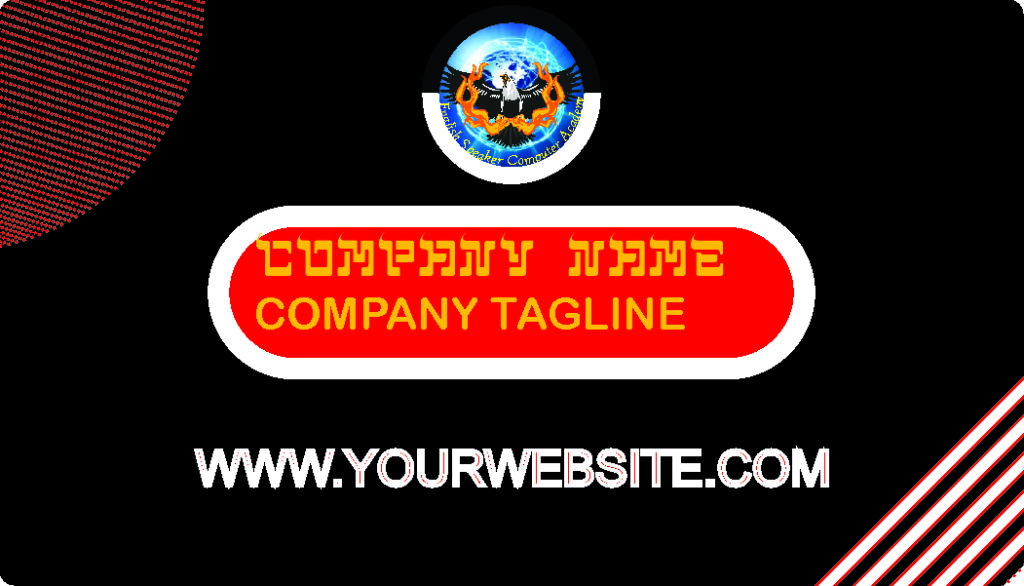How to earn money with the help of Stock Photography or Video Clips
How to earn money with the help of Stock Photography or Video Clips Stock photography and video clips are excellent ways to make passive income if you enjoy taking high-quality photos and videos. Companies, bloggers, marketers, and even filmmakers need stock photos and videos to enhance their projects, which means a high demand exists for unique, high-quality content. This business model involves creating images or videos and licensing them on stock platforms, where buyers can pay for the right to use your media. Let’s dive into how to start selling stock photos or videos, tips to stand out, and the income potential. What is Stock Photography / Video? Stock photography and video involve pre-captured images and footage that others can buy and use for various purposes, such as websites, ads, presentations, and social media. As a creator, you can: License images for use in commercial or editorial projects. Earn royalties each time someone downloads or buys your work. Popular types of stock content include: Business & Technology (offices, devices, people working) Nature & Landscapes Lifestyle & People Food & Hospitality Urban & Travel Footage Seasonal/Holiday Themes Is This Business Model Achievable? Yes! Many photographers and videographers earn consistent income through stock media, though it often takes time to build a significant portfolio. Earnings come from royalties or commissions each time a photo or video is downloaded, so the more content you have, the greater your potential income. With patience and consistency, it can be a reliable source of passive income. Step-by-Step Guide to Selling Stock Photography and Video Clips Step 1: Choose Your Equipment High-quality content stands out on stock platforms. To get started: Camera: A DSLR or mirrorless camera (e.g., Canon, Sony, Nikon) is ideal for photography and video. Smartphones: High-end phones with advanced cameras can also work well, especially for photos. Accessories: Use a tripod for stable shots, especially if you’re shooting video clips. If creating videos, consider using stabilization (gimbals) and microphones for capturing audio (if needed). Step 2: Research Stock Platforms Popular platforms to upload your stock content include: Shutterstock: One of the largest marketplaces, suitable for photos, illustrations, and video clips. Adobe Stock: Offers a wide reach; Adobe’s platform integrates with creative software, making it easy for buyers. Pond5: Known for video content but also supports photos and audio. iStock/Getty Images: A premium platform, but getting accepted requires a portfolio submission. Alamy: Offers competitive commission rates and accepts a wide range of content types. Each platform has its own commission structure and audience, so you can experiment with multiple sites to see which generates the best income for you. Step 3: Capture Marketable Content For Photos: Focus on Popular Themes: Business, nature, technology, travel, and lifestyle images sell well. Plan High-Quality, Clear Shots: Use good lighting, interesting angles, and avoid blurry images. Create Diverse Shots: Capture different perspectives (e.g., wide shots, close-ups) to provide variety for buyers. For Video Clips: Think Short Clips: Stock videos are often short (5-30 seconds), with simple, visually engaging scenes. Shoot in HD or 4K: Many buyers prefer high-resolution footage for professional use. Avoid Sound: Stock videos are generally silent; sound can limit usage, though ambient or isolated sounds can be a plus. Step 4: Edit and Optimize Your Content Quality editing can make your media more attractive to buyers. For Photos: Use tools like Adobe Lightroom or Photoshop for color correction, cropping, and enhancing image quality. For Videos: Use Adobe Premiere Pro, Final Cut Pro, or DaVinci Resolve to adjust color grading, stabilize footage, and enhance clarity. Remember, stock platforms often have strict quality guidelines (such as no excessive noise or low resolution), so keep your edits sharp and professional. Step 5: Upload and Tag Your Content Upload to Stock Sites: Each platform has an upload portal for contributors. Simply follow the guidelines and add relevant keywords and descriptions. Use Keywords and Descriptions: Keywords are essential. Research and use relevant keywords (e.g., “remote work,” “nature landscape,” “summer”) to make your content searchable. Categorize Content Correctly: Put your content in the right categories for maximum visibility. Step 6: Market Your Portfolio While stock platforms bring traffic to your work, promoting your portfolio can increase visibility and sales: Share on Social Media: Link to your portfolio on Instagram, Facebook, or LinkedIn. Create a Website or Portfolio: Showcase your best work and include links to stock platforms where people can buy them. Engage with Photography/Videography Communities: Join forums and groups to network and get feedback on your work. Potential Earnings from Stock Photography and Video Clips Earnings vary widely based on platform, niche, and demand, but here’s a rough breakdown of potential monthly income for dedicated contributors: Content Type Average Income per Download Downloads per Month Monthly Earnings Photos (20-30 in-demand shots) $0.25 – $5 100 – 300 $25 – $1,500 HD Videos (10-20 clips) $5 – $50 20 – 50 $100 – $2,500 4K Videos (10-15 clips) $10 – $100 15 – 30 $150 – $3,000 Total Potential Earnings $275 – $7,000+ High-quality, niche-specific photos and videos can increase your earnings, especially if you consistently upload fresh content. Challenges in Stock Photography / Video High Competition: The stock media market is competitive, so creating unique, high-quality content is essential. Consistency Needed: It can take time to build a large enough portfolio to earn significant passive income. Platform Commissions: Stock sites take a percentage of earnings, with royalty rates ranging from 20% to 60%. Strict Quality Standards: Most platforms have strict guidelines, so be prepared to submit only high-quality media Tips for Success in Stock Photography / Video Focus on High-Demand Themes: Topics like business, technology, nature, and diverse cultures are always in demand. Upload Regularly: Stock platforms reward consistency, so upload regularly to maintain visibility. Use a Variety of Shots: Offer both landscape and portrait orientations, close-ups, and wider views for versatile uses. Stay Trend-Aware: Seasonal and trendy themes (like remote work setups, eco-friendly lifestyles) can boost your downloads. Capture Diverse and Inclusive Content: Brands are increasingly looking for inclusive









